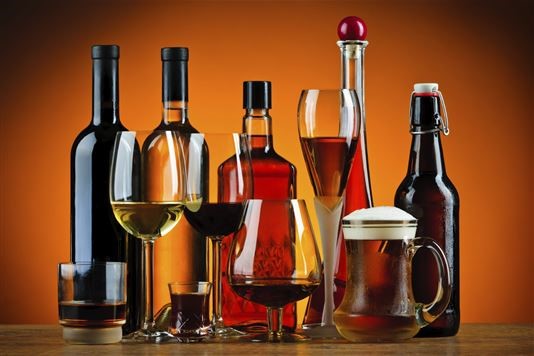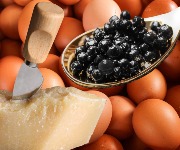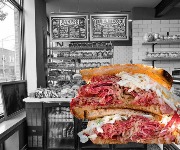New research finds regional drinking habits match stereotypes

New Government-backed research backs up what many of us believe about booze in Britain.
Scottish people love whisky, people from the south west quaff cider and Yorkshire prefers beer.
These drinking stereotypes now have some hard evidence behind them, thanks to a new research paper published in the BMC Public Health journal, which was backed by NHS Scotland.
The research
The types of drinks most consumed in each region have been unearthed as an interesting incidental finding in a report on research done into the cheery subject of alcohol-related mortality in Great Britain, which was calculated using retail sales data.
This data is more helpful than self-reporting drink surveys, as people may not accurately report the amount of types of alcohol they drink. This might be through a desire to appear to have better habits than they really do, or possibly just because people forget to actively record their habits and rely on memory to later give information, which may not be completely accurate.
The research found that alcohol-related mortality was, unsurprisingly, generally higher in regions with higher per-adult alcohol consumption. Having said that, Central Scotland and the south west had the highest consumption levels, but the south west actually bucked the trend by having low mortality rates, while Central Scotland had a very high rate.
London had the lowest levels of consumption, and one of the lowest associated mortality rates.
Regional differences
The figures showed that sales of cider in the south west in bars and pubs, along with spirits, outstripped other alcoholic drinks, while people in the region also buy a significant quantity of wine in shops. Cider also proved the most popular drink in Wales and the west of England.
Meanwhile, Scotland as a whole had substantially higher spirits sales than other regions. While this category is broadly defined, given that whisky is the traditional drink it seems a fair assumption that much of this volume is made up of whisky – although further research would be needed to come to a definite conclusion about this. Altogether 29% of the total market share in Scotland was spirit sales, compared with less than 20% in the rest of Great Britain.
Folk in Yorkshire and the north of England have been enjoying beer more than the other regions of the UK it seems, with it selling in higher volumes per adult than in any other region.
The research split the UK into very large regions, a shortcoming the researchers themselves identify, but they explain that “due to the sampling design used by the data providers, estimates at smaller geographies are not currently possible.”
Though the study did not take into account non-alcoholic sales, it's interesting to note that one in seven of us bought alcohol-free beer in 2013, according to separate figures from analyst Mintel, with that figure rising to around a quarter of 18-34 year olds.
Does it ring true for you?
While there’s a very serious overtone to this study, I wondered if Lovefood readers think that the findings ring true in their experience? I’m from the south west, and can testify that a lot of cider is drunk in the region, particularly in Cornwall.
It’s not unusual to go into a pub in the south west and find three or four types of cider on tap, including scrumpy styles plus perries on occasion. Whereas in London a bar might have a token draft cider (often mass-produced and tasting of chemicals) and a few fruit-flavoured (repulsive and sugary) bottles.
Let us know your thoughts in the Comments below.
You might also like:
Does whisky go well with food?
Most Recent
Comments
Be the first to comment
Do you want to comment on this article? You need to be signed in for this feature








